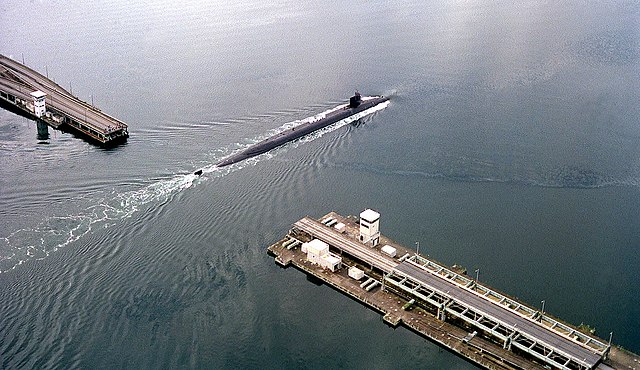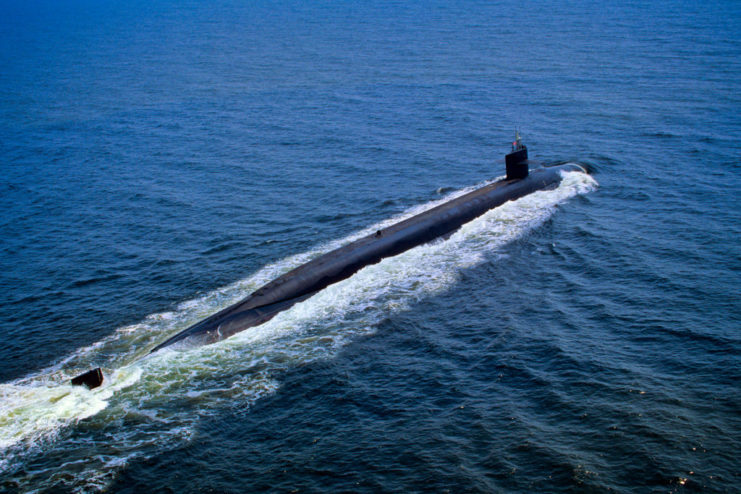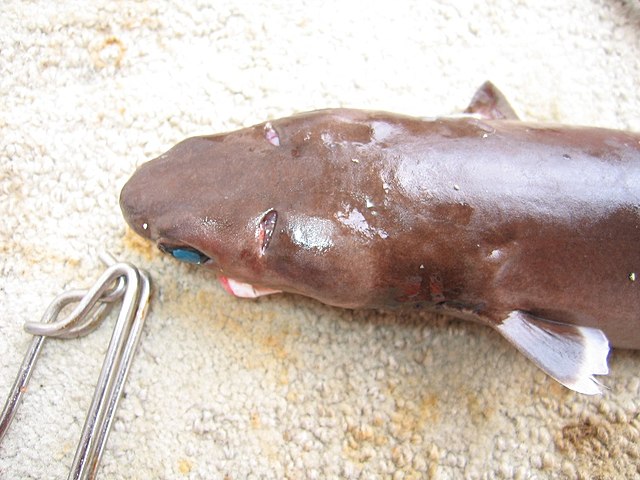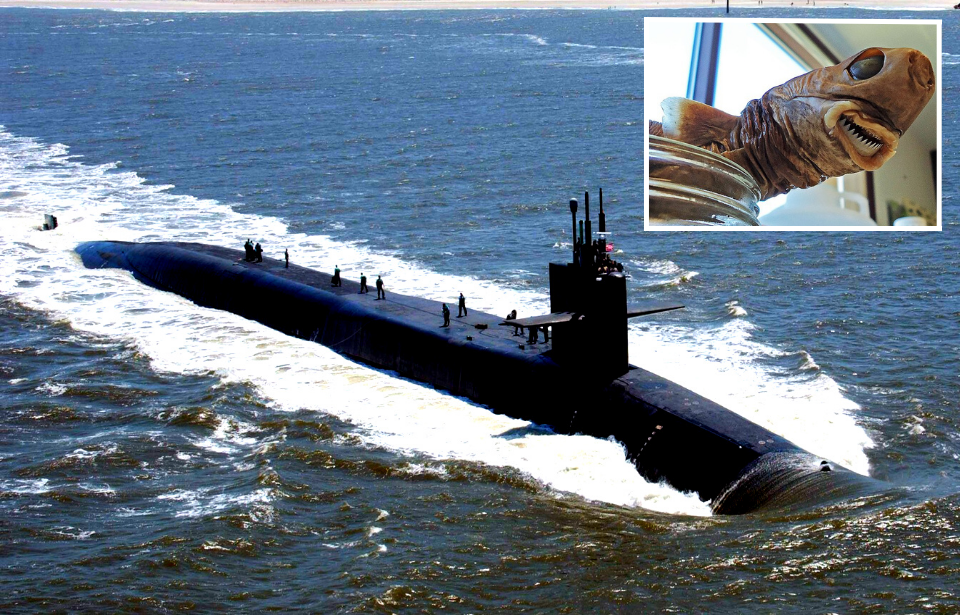Several factors have led to submarines being decommissioned during underwater explorations, ranging from encounters with sea mines and torpedo attacks to accidents and intentional scuttling. However, an unexpected reason, one that was not anticipated to cause significant damage prompting a submarine’s return to port, involved a shark of cat-like size.
This peculiar scenario unfolded within the US Navy’s nuclear fleet – notably affecting the Ohio-class submarines – during the Cold War.

The Ohio-class comprises four guided missile submarines (SSGNs) – the USS Ohio, Michigan, Florida and Georgia – along with 14 ballistic missile submarines (SSBNs) — the USS Henry M. Jackson, Alabama, Alaska, Nevada, Tennessee, West Virginia, Kentucky, Pennsylvania, Nebraska, Maryland, Rhode Island, Louisiana, Wyoming and Maine.
Distinguished as the largest submarines ever constructed for the Navy and among the world’s largest, they trail behind only the Russian Navy’s Typhoon-class and Borei-class. Notably, the Ohio-class boasts a greater armament capacity, as each submarine is equipped with 24 Trident II missiles, surpassing the 16 on the Borei-class and 20 on the Typhoon-class.

The submarines were among the most advanced weapons technology during the Cold War. As they sailed beneath the water, officials began to note sporadic issues. These included leaking oil lines, chunks missing from electrical cables, damaged sonar domes and sound probes that would suddenly stop working.
Oftentimes, the damage was severe enough that the vessels needed to return to their bases for repairs.
While the Navy initially suspected the damage to be the result of a new Soviet weapon, it was actually caused by something much more unexpected: the cookiecutter shark.

For those who have never seen a cookiecutter shark, here is a quick overview. Also known as the cigar shark, the species grows to a length of between 16 and 20 inches and is found in waters across the world. Its name derives from the holes it leaves in its (oftentimes much larger) prey when feeding, which resemble the marks made by a cookie cutter.
Cookiecutter shark bites have been found on a wide variety of sea-life and have even been noted on manmade structures, such as oil rigs, as they attack any soft area that is exposed. The Navy eventually realized the shark was behind the damage to its nuclear submarines and decided the best way to counter it was to place a fiberglass dome around the vessels’ most sensitive parts.
